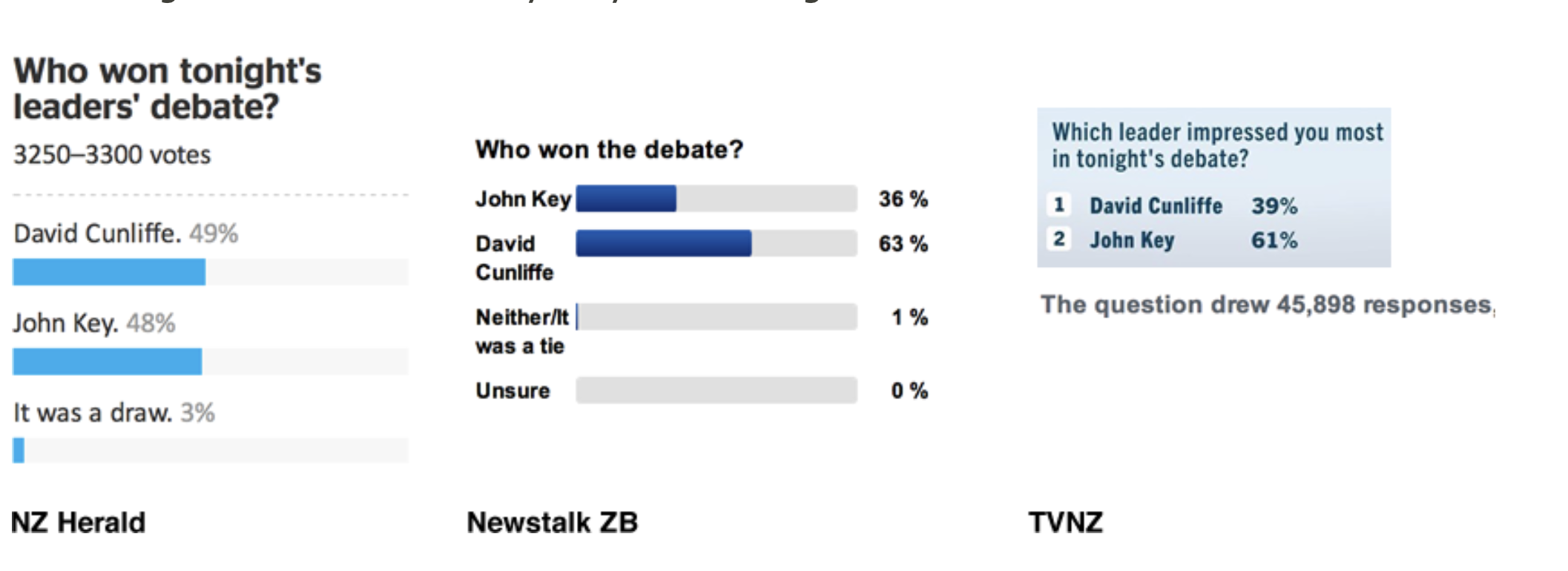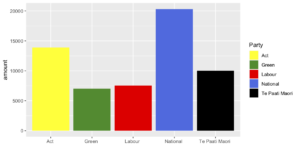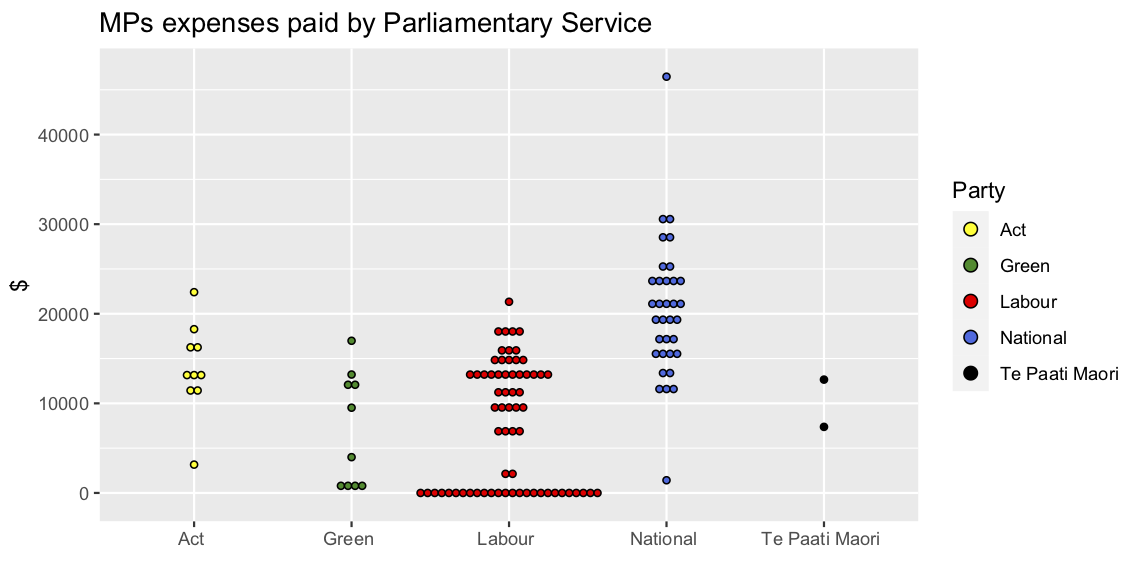Top 14 Predictions for Round 3
Team Ratings for Round 3
The basic method is described on my Department home page.
Here are the team ratings prior to this week’s games, along with the ratings at the start of the season.
| Current Rating | Rating at Season Start | Difference | |
|---|---|---|---|
| Stade Toulousain | 7.05 | 6.34 | 0.70 |
| La Rochelle | 6.87 | 6.88 | -0.00 |
| Bordeaux Begles | 4.75 | 5.27 | -0.50 |
| Montpellier | 4.64 | 4.18 | 0.50 |
| Racing 92 | 4.31 | 4.86 | -0.50 |
| Toulon | 3.72 | 4.09 | -0.40 |
| Clermont | 3.64 | 4.05 | -0.40 |
| Lyon | 3.00 | 3.10 | -0.10 |
| Castres Olympique | 2.98 | 2.87 | 0.10 |
| Stade Francais | -0.81 | -1.05 | 0.20 |
| Section Paloise | -2.20 | -2.12 | -0.10 |
| USA Perpignan | -3.11 | -2.75 | -0.40 |
| Brive | -3.74 | -4.20 | 0.50 |
| Aviron Bayonnais | -3.84 | -4.26 | 0.40 |
Performance So Far
So far there have been 14 matches played, 10 of which were correctly predicted, a success rate of 71.4%.
Here are the predictions for last week’s games.
| Game | Date | Score | Prediction | Correct | |
|---|---|---|---|---|---|
| 1 | Lyon vs. La Rochelle | Sep 10 | 21 – 23 | 3.10 | FALSE |
| 2 | Aviron Bayonnais vs. Racing 92 | Sep 11 | 31 – 25 | -2.50 | FALSE |
| 3 | Castres Olympique vs. Stade Francais | Sep 11 | 30 – 20 | 10.30 | TRUE |
| 4 | Clermont vs. Section Paloise | Sep 11 | 33 – 24 | 12.70 | TRUE |
| 5 | USA Perpignan vs. Brive | Sep 11 | 6 – 17 | 8.40 | FALSE |
| 6 | Montpellier vs. Bordeaux Begles | Sep 11 | 29 – 19 | 6.00 | TRUE |
| 7 | Stade Toulousain vs. Toulon | Sep 12 | 28 – 8 | 9.10 | TRUE |
Predictions for Round 3
Here are the predictions for Round 3. The prediction is my estimated expected points difference with a positive margin being a win to the home team, and a negative margin a win to the away team.
| Game | Date | Winner | Prediction | |
|---|---|---|---|---|
| 1 | Bordeaux Begles vs. Castres Olympique | Sep 17 | Bordeaux Begles | 8.30 |
| 2 | Brive vs. Montpellier | Sep 18 | Montpellier | -1.90 |
| 3 | La Rochelle vs. USA Perpignan | Sep 18 | La Rochelle | 16.50 |
| 4 | Racing 92 vs. Lyon | Sep 18 | Racing 92 | 7.80 |
| 5 | Stade Francais vs. Aviron Bayonnais | Sep 18 | Stade Francais | 9.50 |
| 6 | Section Paloise vs. Stade Toulousain | Sep 18 | Stade Toulousain | -2.70 |
| 7 | Toulon vs. Clermont | Sep 19 | Toulon | 6.60 |



Recent comments